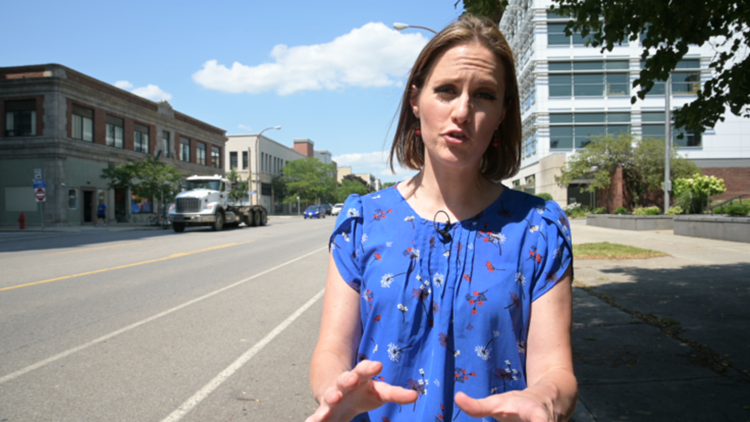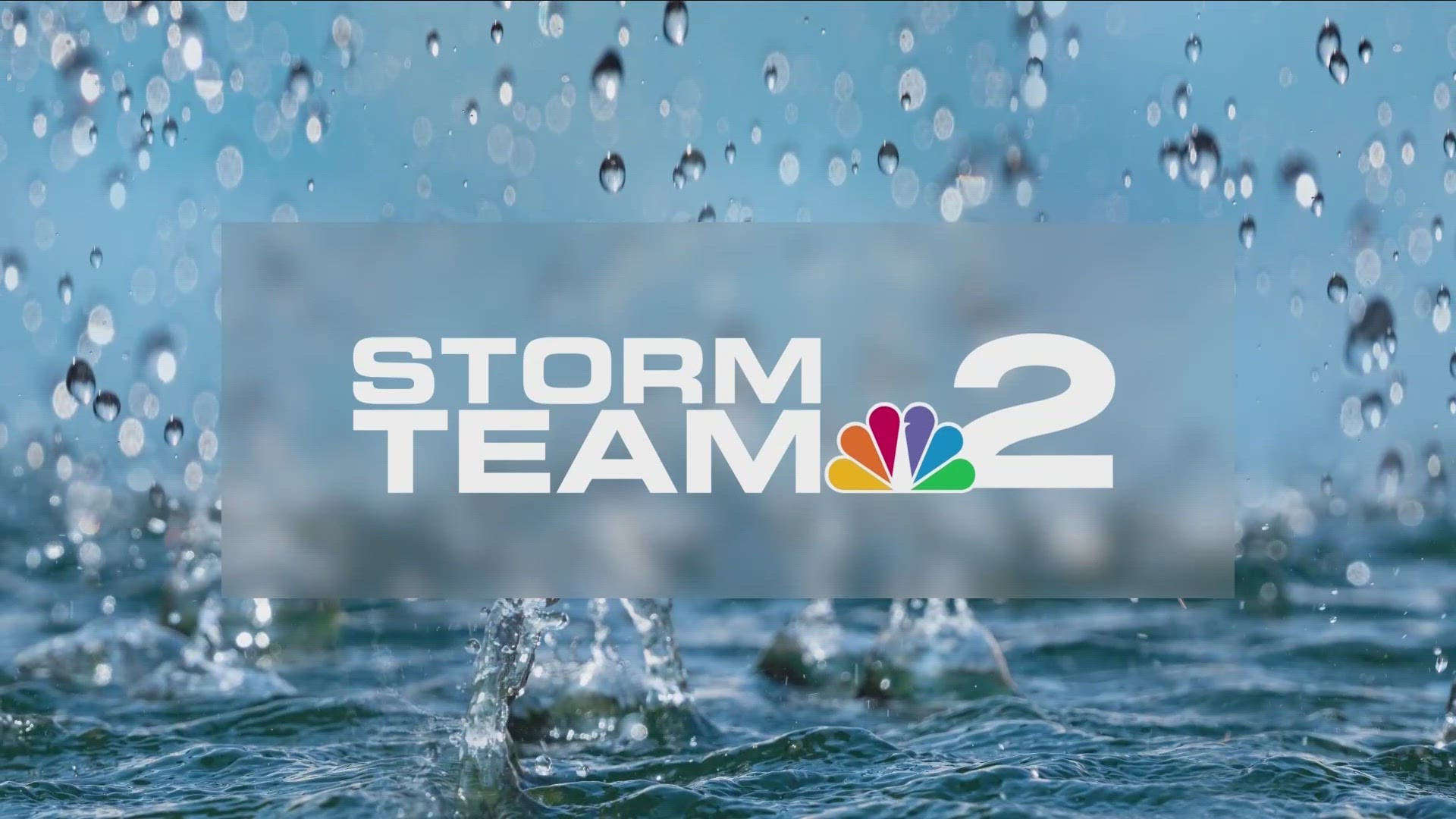BUFFALO, N.Y. — Western New York’s day-to-day weather depends heavily on several “micro climate” influencers. One of the major ones, of course, is Lake Erie. Another is elevation.
But Buffalo specifically has a sort of “micro climate” that it shares with every other major city in the world. It’s called the “urban heat island” effect.
RELATED: What is the "heat index"?
The term “urban heat island” has been used since the 1800s to describe an observed phenomenon where temperatures at a given time are much higher in a city compared to surrounding rural areas. This is especially true during the summer months.
The driver behind the urban heat island isn’t the summer sunshine itself, it’s all of the dark pavement covering a significant percentage of an urban area. That dark pavement traps heat energy from the sun during the day and hangs onto it, driving up the temperature of the lowest section of the atmosphere.
Rural areas have a much higher percentage of vegetation by comparison. Grass and other plants do hold some heat energy, but not nearly as much as blacktop. More dense areas of trees also help to cut down on temperatures in rural regions.
The urban heat island can create a temperature difference of 10 to 15 degrees in the most extreme cases. According to a recent study conducted by Climate Central, New Orleans is set up for the most significant urban heating because of a high concentration of “impermeable surfaces” such as roads, parking lots, and dark-colored roofs.
For Buffalo, summertime temperatures are about 3 degrees higher downtown compared to areas outside the city. Of course, Buffalo also has the unique Lake Erie wild card where a lake breeze can actually help keep downtown significantly cooler than surrounding neighborhoods.
Learn more about the urban heat island and how it could exacerbate climate change concerns in this week’s Heather’s Weather Whys.
New episodes of Heather’s Weather Whys are posted to the WGRZ YouTube channel every Wednesday evening.
If you have a weather question for me to answer, send it to heather.waldman@wgrz.com or connect with me on Facebook or Twitter.



